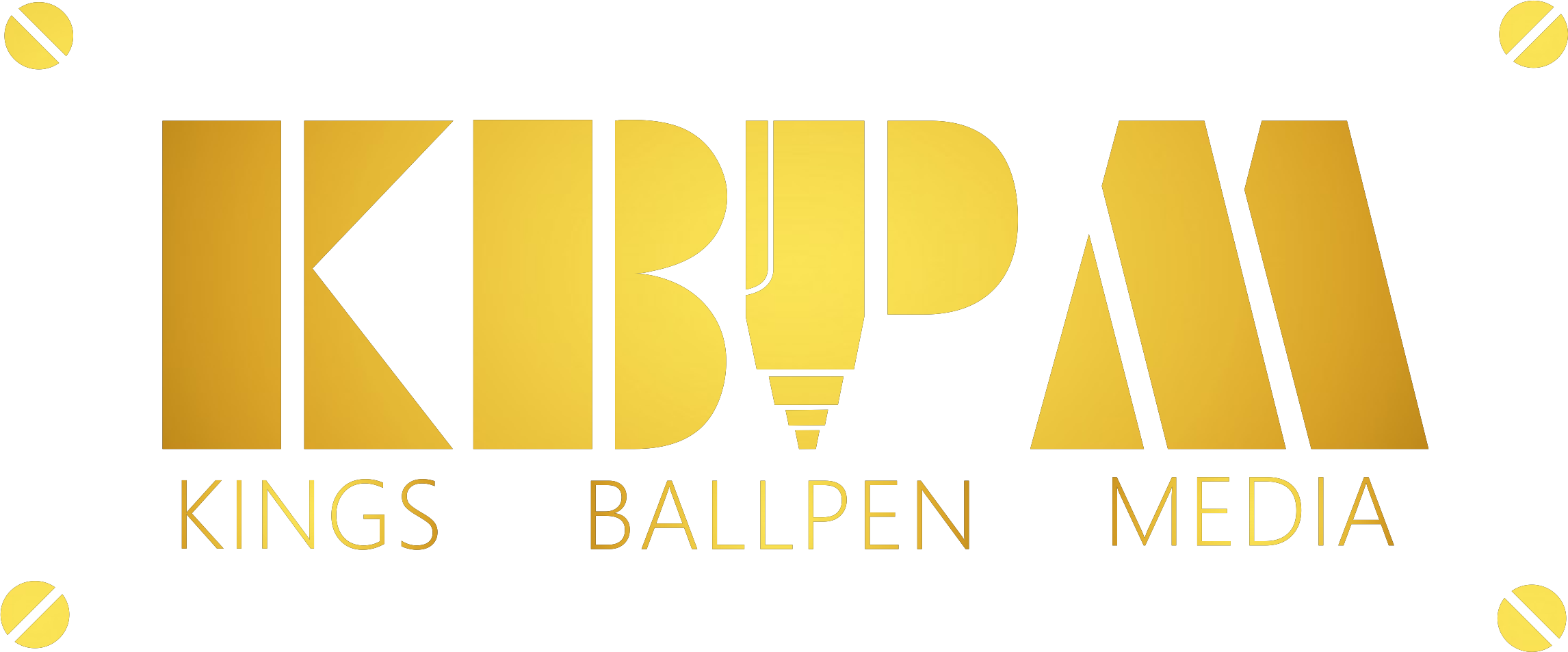Primary Market Research: The Ultimate Guide for Businesses in 2025
Introduction to Primary Market Research
In today’s competitive marketplace, businesses must understand customer needs, preferences, and behaviors to survive and thrive. Primary market research plays a crucial role in gathering fresh, first-hand information that drives smarter decisions. Unlike secondary research, which relies on pre-existing data, primary research involves directly collecting information from target audiences through methods like interviews, surveys, and observations.
This article explores the types, methods, advantages, and challenges of primary market research, helping businesses leverage it effectively for growth in 2025 and beyond.
What is Primary Market Research?
Primary market research refers to the process of collecting original data directly from customers or potential customers. This data is fresh, unbiased, and specifically tailored to the organization’s research objectives. Unlike reports or statistics from third-party sources, primary research enables businesses to uncover insights that competitors may not have access to.
Why is Primary Market Research Important in Business Strategy?
Understanding customer expectations, testing new products, measuring satisfaction, and identifying emerging trends are all critical to success. Primary market research ensures decisions are backed by accurate, real-time data rather than assumptions. For example, before launching a new product, a company might conduct surveys to determine pricing, packaging, and features customers value most.
Types of Primary Market Research
Qualitative Research
Qualitative research focuses on non-numerical insights, often exploring customer motivations and emotions.
In-depth Interviews
One-on-one interviews allow businesses to understand consumer thought processes in detail.
Focus Groups
Groups of selected participants provide opinions on products, services, or concepts, revealing collective attitudes.
Ethnographic Studies
Researchers observe customers in their natural environments, capturing authentic behaviours and pain points.
Qualitative research is concerned with understanding non numerical insights that help reveal the deeper side of customer behaviour. Instead of measuring quantities, it pays attention to the motivations, perceptions, and emotions that drive decisions. This type of research gives businesses a clearer view of why customers think or act in certain ways, offering context that numbers alone cannot provide.
One of the most widely used approaches is the in depth interview. This involves a direct conversation between the researcher and the customer, creating an environment where the respondent can freely share thoughts, experiences, and feelings. These interviews often uncover hidden beliefs and attitudes that surveys may overlook, allowing businesses to grasp not only what choices customers make but also the reasoning behind them.
Focus groups provide another powerful avenue for insight. When a group of carefully selected participants comes together to discuss a product, service, or idea, the interaction sparks dynamic exchanges. People build on one another’s perspectives, challenge opinions, or confirm shared views. This process helps businesses see how customers respond in a social setting, where collective attitudes can influence individual opinions.
Ethnographic studies take an even more immersive route. In this method, researchers observe customers in their everyday environments, whether at home, at work, or while shopping. By witnessing natural behavior without artificial settings, businesses can identify genuine habits, pain points, and decision making processes. This approach reveals nuances that customers themselves may not articulate during interviews or discussions, offering a rich understanding of lived experiences.
Together these methods ensure that qualitative research goes beyond surface level observations and uncovers the emotional and contextual factors that truly shape consumer behavior.
Quantitative Research
Quantitative methods involve structured data collection that can be statistically analyzed.
Surveys and Questionnaires
Widely used, surveys help businesses collect measurable data on preferences, habits, and demographics.
Experiments and Field Trials
Testing new ideas in real-world settings helps companies evaluate effectiveness before a full-scale launch.
Observational Research
Monitoring how consumers interact with products or services provides unfiltered insights into usability and satisfaction.
Quantitative research is centered on gathering structured information that can be measured, compared, and analyzed statistically. Unlike qualitative approaches that explore emotions and motivations, quantitative methods focus on data that is expressed in numbers. This type of research enables businesses to identify patterns, test relationships, and draw conclusions with greater objectivity. By working with measurable evidence, companies can make informed decisions supported by reliable trends rather than assumptions.
One of the most common tools in quantitative research is the survey. Through well designed questionnaires, businesses are able to collect data from a large number of respondents within a short period of time. Surveys provide valuable insights into customer preferences, purchasing habits, and demographic details. Because the questions are standardized, the results can be easily compared across groups, allowing researchers to detect differences between segments or shifts over time.
Experiments and field trials add another layer of rigor to quantitative studies. These methods involve testing new products, services, or marketing approaches in real world situations. By introducing controlled changes and measuring customer responses, companies can evaluate the effectiveness of an idea before committing resources to a full rollout. Field trials often reveal how people behave outside of theoretical scenarios, making the findings more practical and actionable.
Observational research also contributes to quantitative analysis. In this approach, researchers monitor how consumers interact with products or services, recording their behaviors in measurable terms. For instance, tracking how long a customer spends using a feature, or noting the frequency of product use, provides unfiltered evidence about satisfaction and usability. This type of data can highlight inefficiencies, uncover opportunities for improvement, and validate whether a product is performing as intended.
Together these techniques allow businesses to build a detailed picture of customer behavior that is grounded in numbers. While the findings may not capture the emotional depth revealed by qualitative research, they offer the precision and scalability needed for confident decision making.
Steps in Conducting Primary Market Research
-
Defining the Research Objectives – Establish what questions need answers.
-
Identifying the Target Audience – Choose participants who best represent your market.
-
Selecting the Research Methodology – Pick qualitative, quantitative, or a mix.
-
Data Collection Process – Implement interviews, surveys, or trials.
-
Analyzing and Interpreting Data – Convert raw data into actionable insights.
Advantages of Primary Market Research
-
Specific and Tailored Data – Customized to the business problem at hand.
-
Competitive Edge – Proprietary insights that competitors lack.
-
Better Decision-Making – Reliable data reduces risks in product launches and strategy.
Challenges of Primary Market Research
-
High Costs and Time-Consuming Nature – Surveys, interviews, and field trials require significant resources.
-
Limited Sample Sizes – Often smaller than secondary datasets, which may affect generalization.
-
Potential for Researcher Bias – Question framing or data interpretation can influence results.
Tools and Technologies for Modern Primary Research
-
Online Survey Platforms (e.g., SurveyMonkey, Google Forms)
-
AI and Data Analytics Tools for real-time insights
-
Customer Feedback Software to collect post-purchase experiences
Real-World Examples of Primary Market Research
-
Tech Startups – Use beta testing and focus groups before product launches.
-
Retail and E-commerce – Conduct customer surveys to refine loyalty programs.
-
Healthcare and Pharmaceuticals – Rely on clinical trials and patient interviews to improve treatments.
Primary vs. Secondary Market Research
-
Key Differences: Primary research is original and customized, while secondary uses existing data.
-
When to Use Each: Primary is best for product testing and innovation, while secondary is useful for market overviews.
Best Practices for Effective Primary Market Research
-
Ask clear, unbiased questions.
-
Validate results with multiple methods.
-
Leverage digital tools to speed up data collection.
FAQs on Primary Market Research
1. What is the main purpose of primary market research?
To gather firsthand data directly from target customers for better business decision-making.
2. How is primary research different from secondary research?
Primary involves original data collection, while secondary uses existing reports and statistics.
3. Is primary research expensive?
Yes, it often requires more resources but provides highly specific insights.
4. What are the most common methods of primary research?
Surveys, interviews, focus groups, and observational studies.
5. Can small businesses benefit from primary market research?
Absolutely—low-cost online surveys and customer feedback tools make it accessible.
6. How long does primary research take?
It depends on the method; interviews may take days, while large surveys may span weeks or months.
Conclusion: The Future of Primary Market Research
As customer expectations evolve, primary market research remains essential for gaining a competitive advantage. With the rise of AI-driven tools and real-time analytics, businesses can now conduct research faster and more effectively than ever. Organizations that prioritize fresh customer insights will continue to thrive in 2025 and beyond.

